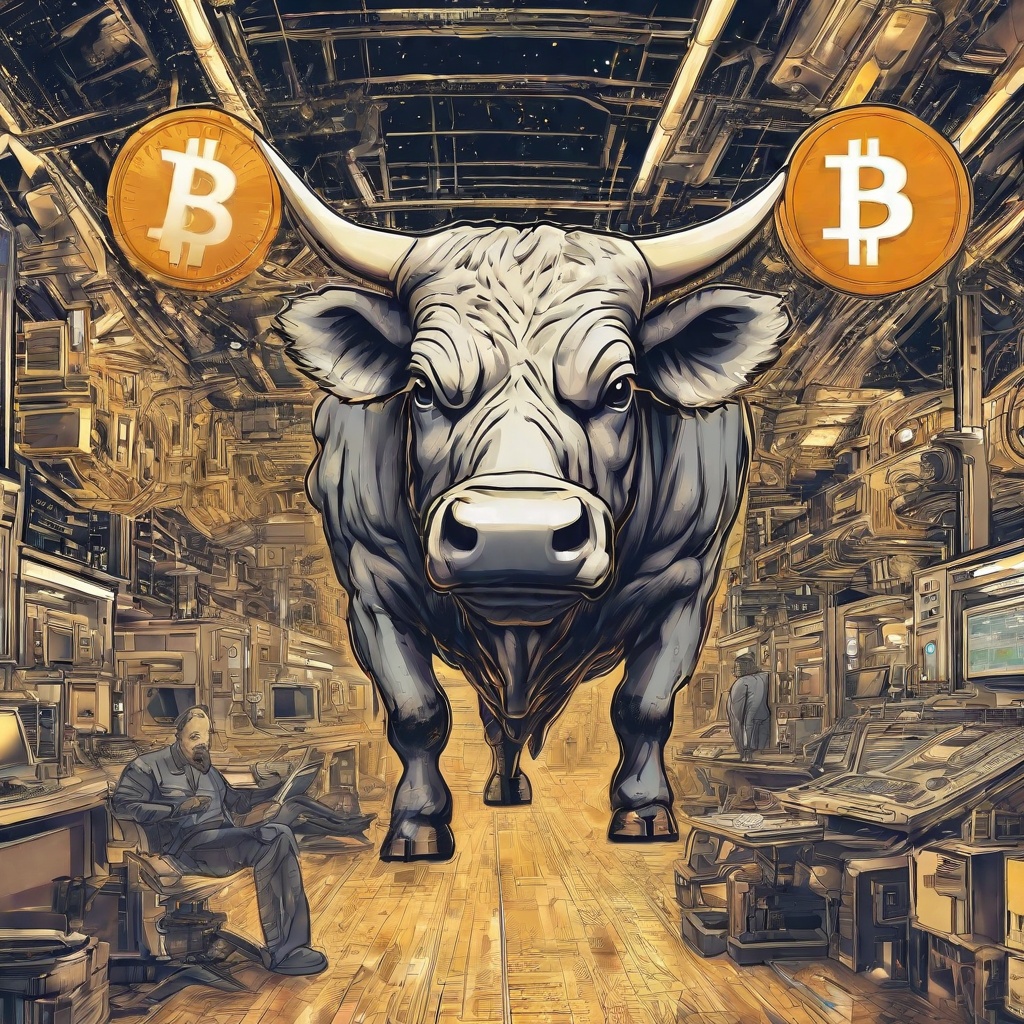What is the difference between Uniswap and SushiSwap?
Could you elaborate on the key distinctions between Uniswap and SushiSwap? I'm curious to know how their platforms, tokenomics, and user experiences differ. How does each one approach decentralized exchange, and what sets them apart in the world of cryptocurrency trading? Understanding these nuances would be incredibly helpful for someone looking to navigate the DeFi space.

Why is Uniswap better than PancakeSwap?
Could you elaborate on why Uniswap is considered superior to PancakeSwap in the realm of decentralized finance? Are there specific features or functionalities that Uniswap offers that set it apart from PancakeSwap, and how do these differences impact the user experience and overall adoption within the crypto community? Additionally, are there any potential drawbacks or limitations to using Uniswap that one should be aware of before making a decision?

Why use SushiSwap over Uniswap?
As a cryptocurrency enthusiast, I'm curious about the differences between SushiSwap and Uniswap. Can you explain why one might choose to use SushiSwap over Uniswap? Are there specific advantages or features that SushiSwap offers that Uniswap doesn't? Additionally, are there any drawbacks to using SushiSwap that potential users should be aware of? I'd appreciate a comprehensive comparison that highlights the key differences between the two decentralized exchanges.

Which is better, SushiSwap or Uniswap?
I'm curious to know your thoughts on the ongoing debate between SushiSwap and Uniswap. Both are popular decentralized exchanges, but what sets them apart from each other? Is one more suitable for traders looking for specific features, or do they both offer similar advantages? Could you elaborate on the pros and cons of each platform, and ultimately, which one do you think is the better choice for cryptocurrency enthusiasts?

What is the difference between Uniswap V1 v2 and V3?
Could you please elaborate on the key differences between Uniswap's versions 1, 2, and 3? Specifically, how do they differ in terms of functionality, efficiency, and user experience? Are there any significant upgrades or new features introduced in the later versions that make them more appealing to traders and investors? Additionally, how do these changes affect the overall performance and security of the decentralized exchange?

